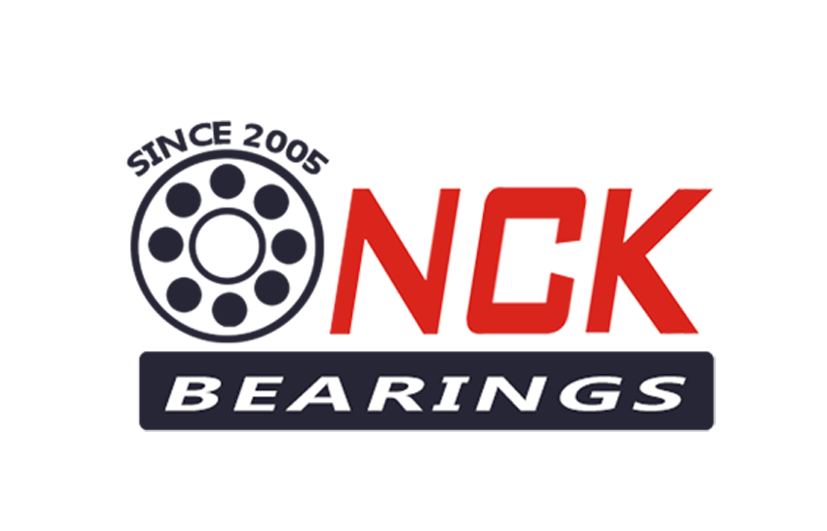A bearing is a machine element that constrains relative motion and reduces friction between moving parts to only the desired motion. The design of the bearing may, for example, provide for free linear movement of the moving part or for free rotation around a fixed axis; or, it may prevent a motion by controlling the vectors of normal forces that bear on the moving parts. Many bearings also facilitate the desired motion as much as possible, such as by minimizing friction. Bearings are classified broadly according to the type of operation, the motions allowed, or to the directions of the loads (forces) applied to the parts.
· Bearing Load Calculator Excel Spreadsheet Design engineering spreadsheet calculates the loads on linear motion bearings. *Premium Membership Required*
· Bearing Selection, Comparison and Application, Ball Bearings, Radial Bearings, Thrust Bearings, Needle Bearings Bearing Type Pure Radial Load Pure Axial load Combined Load Moment Load High Speed High Running Accuracy
· Bushing and Plain Bearings Press or Shrink Fit Design and Application Press fit or shrink fit bushing design and installation is a common method of retaining bearings by use of interference between the bushing and the bushing hole.
· Ceramic Bearings Ceramic bearings offer many advantages over all steel bearings, such as higher speed and acceleration capability, increased stiffness, lower frication and more.
· Critical Speeds of Rotating Shafts or Mass Review The center of a rotating mass is always offset from the center of rotation. This is due to the reality of imperfect geometry and uneven mass distribution.
· Critical Speeds of Rotating Shafts with Single Loads When Calculating critical speeds, the weight or mass of the rotating cylinder or shaft is assumed to be zero or add 1/2 to 2/3 of the rotating shaft to the load mass.
· Critical Speeds of Rotating Shafts with Distributed Loads Critical Speeds of Rotating Shafts with Distributed Loads – First Critical Speed
· Efficiency Calculation of Sliding Contact Bearing Supported Pulley This calculator will determine the efficiency of a pulley supported by a contact bearing.
· Fore Analysis Four Point Contact Ball Bearings Four point contact ball bearings re capable of resisting radial, thrust , and moment loads, it is ordinarily subjected to a combination of two or more of these loads wherever it is applied.
· Miniature Bearings Application Miniature Bearings commonly used in fractional horsepower motors, domestic appliances, precision instruments, tape recorders and similar devices.
· Precision Bearings Applications This class of bearings which the bearings components are manufactured to extra tight tolerances for use at high speeds, radial and thrust loads.
· Radial / Deep Groove Ball Bearings Are constructed of one row of balls (referred to as single row), which revolves around the groove of the inner and outer ring or race.
· Stainless Steel Bearings Stainless steel bearings are preferred where corrosion and chemical resistance are required.
· Sprocket Center Distance for a Roller Chain of known length Equation and Calculator.
· Thrust Ball Bearings Magnitude of Life Ratings Use the following equation to calculate the magnitude of life rating.
· Thin Section Bearings Application Considerations There is three types of thin-section bearings: radial contact, angular contact, and four- point contact bearings.
· Thrust Chart Thrust is a reaction force described quantitatively by Newton’s second and third lows.


